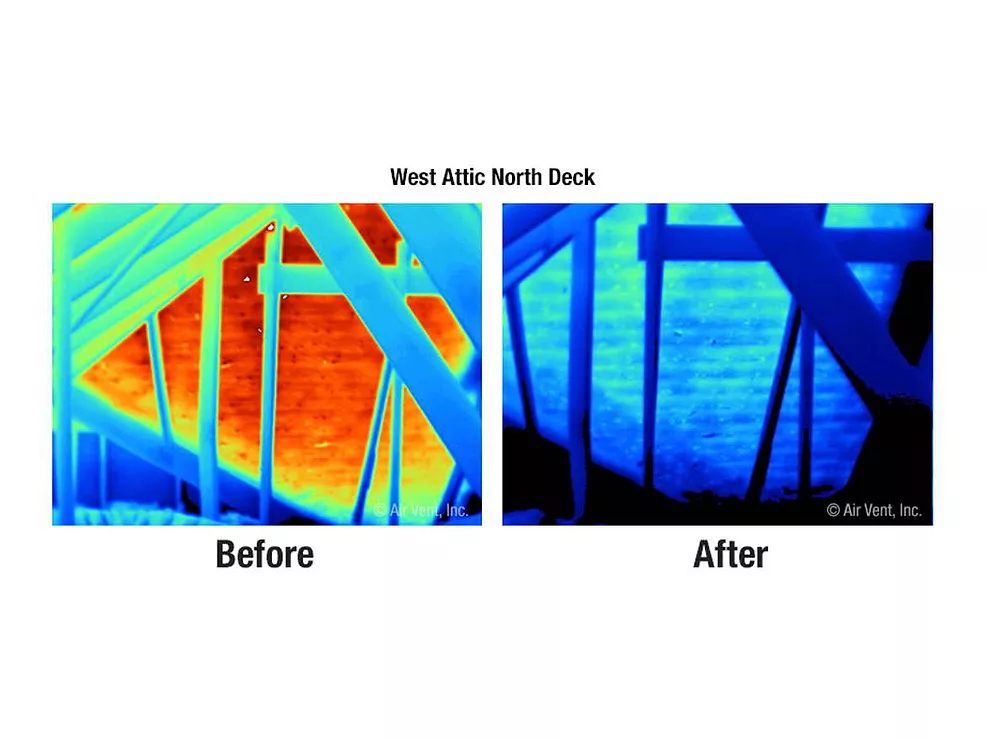Economic Outlook
Tariffs Continue To Impact Construction Prices In Latest Report, Says ABC
Inflation remains stagnant, though experts warn full effects of tariffs have yet to arrive

Photo by Rolled Alloys Specialty Metal Supplier via Pexels.
As federal court cases continue to shape how President Donald Trump’s tariff policies will operate, the latest data shows construction products affected by tariffs continue to climb in price.
An analysis of U.S. Bureau of Labor Statistics Producer Price Index data shows that construction input prices rose 0.2% in May compared to the previous month, while nonresidential construction input prices increased 0.3% in the same period.
The Associated Builders and Contractors trade group’s analysis says overall construction input prices are 1.3% higher than a year ago and nonresidential construction input prices are up by 1.6%.
“Construction materials prices continued to increase at a faster-than-ideal pace in May,” said ABC Chief Economist Anirban Basu. “While input prices are up just 1.3% over the past year, that modest escalation is entirely due to price decreases during the second half of 2024.
“Costs have increased rapidly since the start of this year, with input prices rising at a 6% annualized rate through the first five months of 2025.”
RELATED
‘Liberation Day’ Tariffs on Imported Materials Give Roofing Industry the Jitters
The State of Tariffs
Basu laid much of the blame on price increases on the tariff increases Trump has levied since entering office.
“Accelerating input price escalation is largely due to rapid price increases for tariff-affected goods like iron and steel,” said Basu. “Expect this dynamic to remain over the next few quarters; these data predate tariffs on iron and steel rising from 25% to 50%, which went into effect on June 4.”
In March, the Trump administration levied a 25% duty on aluminum imports, excluding Canada, Mexico, the European Union and Japan. In April, when Trump unveiled his “Liberation Day” tariff plans, widespread economic chaos unfolded, the effects of which are still not fully realized.
In May, Trump announced that the steel and aluminum tariffs would double to 50% in an attempt to support domestic producers. That same month, the U.S. and Chinese governments announced that they would suspend most reciprocal tariffs for 90 days, leading to some market relief.
On May 28, a three-judge panel of the U.S. Court of International Trade blocked enforcement of Trump’s Executive Order 14257, which imposed a 10% baseline levy against nearly every country. The judges determined that only Congress may legislate such broad tariffs, ruling that the administration’s use of the International Emergency Economic Powers Act of 1977 was not justified.
The U.S. Court of Appeals ruled on Tuesday night that the government could keep collecting import taxes while challenges to Trump’s 10% baseline tariff policy continue on appeal. The appeals court said it would expedite the case and hear arguments on July 31, according to the Associated Press.
The May 28 decision didn’t affect industry-specific duties on steel and aluminum. On June 4, Trump hiked nearly all of his tariffs on steel and aluminum imports to 50%.
 In the latest Legal Insights episode, Trent Cotney, partner at Adams and Reese LLP, reminded contractors that the Trump administration is using tariffs as an opportunity to negotiate better trade deals, and that economic uncertainty will likely die down over the next two months as midterms approach.
In the latest Legal Insights episode, Trent Cotney, partner at Adams and Reese LLP, reminded contractors that the Trump administration is using tariffs as an opportunity to negotiate better trade deals, and that economic uncertainty will likely die down over the next two months as midterms approach.
“Everybody needs stability so that you can go back to your constituents, raise money and focus on what's coming up next. So I anticipate that's probably what's going to take place,” he said.
Even so, he said that in the short term, the recent tariff hikes will impact everything from panels to fasteners, which could compound the effects of the previous tariffs.
“The economy likes certainty, so understand the rationale and the basis, and there's probably still a lot of good that can be done with tariffs and helping reduce some of our trade deficits,” he said. “But I think we need to move towards getting deals, wrapping things up and creating sort of a baseline as we move into the rest of 2025.”
Inflation Uncertainty
As of the reporting date, fears that the tariffs would raise inflation have thus far been unfounded when examining traditional inflation data points. However, this doesn’t mean roofing contractors, and the country at large, are in the clear.
ABC’s Basu said that despite rising input prices, contractors are relatively optimistic about profit margins when using ABC’s Construction Confidence Index.
“With cooler-than-expected economy-wide inflation in May, the number of expected rate cuts in 2025 has risen,” he said. “If those expectations are realized, it would provide the construction industry with a much-needed tailwind.”
That tailwind will be helpful in the coming months. The Federal Reserve’s Beige Book report notes that all districts are reporting elevated levels of economic and policy uncertainty. The report also shows prices have increased at a “moderate pace” since its previous report, with widespread accounts of costs and prices to rise at a faster rate going forward.
The report also touched on labor conditions in its 12 districts, with most reporting flat employment while three reported slight-to-modest increases. Another two reported slight decreases.
With rising costs expected, paired with continued labor shortages further complicated by immigration enforcement, contractors will need to make strategic decisions in the coming months to remain profitable.
“There's a handful of things, everything from open, honest communications with distribution and manufacturing to making sure that you've got the correct contract provisions like a price acceleration provision in there, examining your inventory and making sure that you're either pre-purchasing or not running out of key things that could be subject to tariffs,” said Cotney.
Looking for a reprint of this article?
From high-res PDFs to custom plaques, order your copy today!









